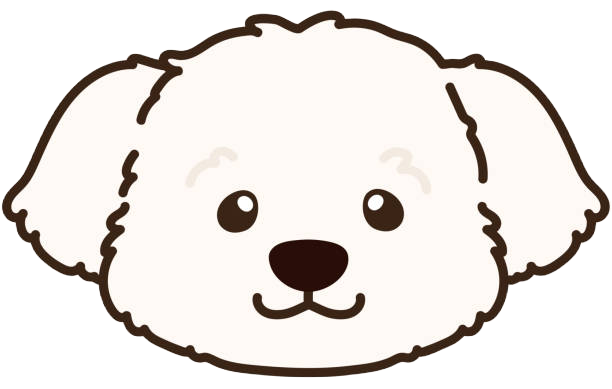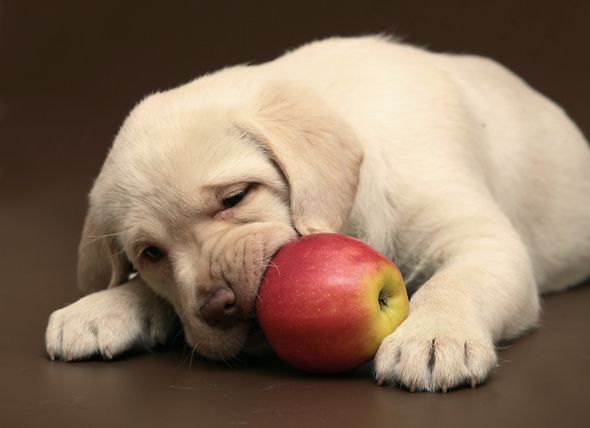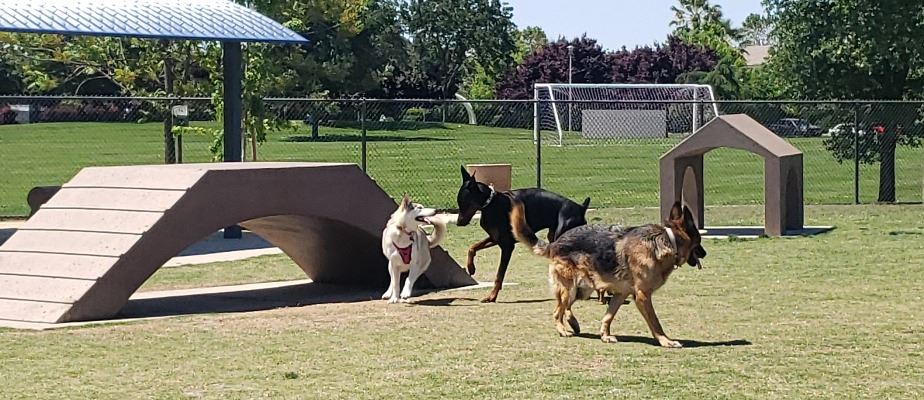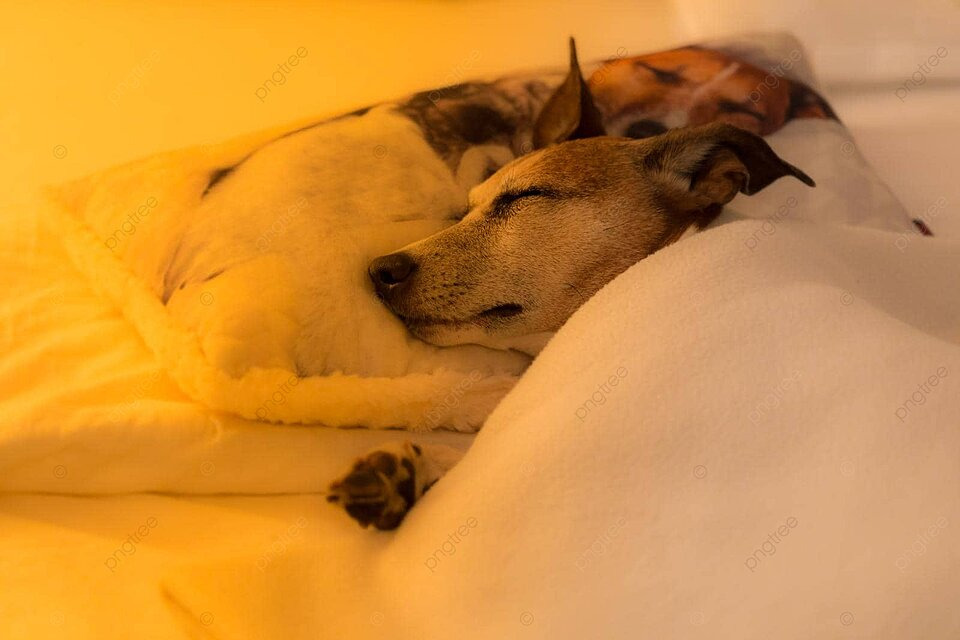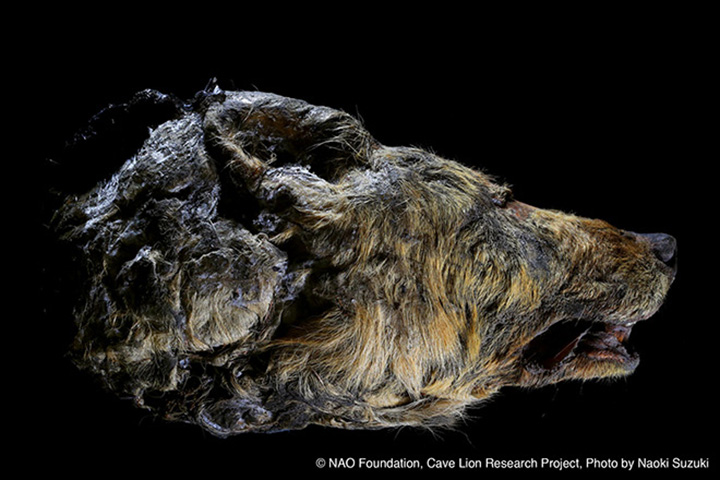
The science of the little dog who could!
Do you own a little dog that you love so much, and one day just wondered how your little dog became to be? Well, look no further because I sought out the answer to the question we were both craving to solve. Luckily our furry friends have DNA just like their human sidekicks. Within their DNA is a gene which codes a protein responsible for the different size growths between dog breeds.
In 2007, Elaine Ostrander, a geneticist at the National Human Genome Research Institute, and senior author of the study’s paper, and along with her colleagues discovered the gene that codes the protein called IGF1 (Insulin-like Growth Factor-1). The IFG1 protein is a major factor in determining the overall size of a dog. For example, a toy Shih Tzu has much lower levels of of the IGF-1 protein in its blood stream than it’s regular larger sized counterpart. However, with the discovery of the IGF-1 protein, researchers still could not pinpoint the exact gene mutation that would lead to having less levels of the IFG-1 protein in smaller dogs.
In the summer of 2020 during Covid-19, Jocelyn Plassais, a postdoctoral researcher in Ostrander’s lab took a fresh new look at the IGF-1 gene region. His team found a particular gene that is arranged into long non-coding RNA that doesn’t code for any proteins. They discovered that there are two versions of the gene that codes for this specific strand of RNA in domestic dogs. One of the variants appears to prevent the production of the IGF-1 protein. Dogs carry two sets of 39 chromosomes, one from each parent, therefore possibly ending up with two of the same variant or one of each!
So how exactly did small dogs end up with one large variant, and one small variant? Well, the researchers looked all the way back at the oldest DNA of an ancient wolf dating back 52,500 years ago. The wolf was amazingly preserved due to the extreme Siberian permafrost that kept it intact. After analyzing it’s DNA, it’s genome miraculously contained one copy of each variant, instead of the presumed two copies.
With this discovery arises a new question. Which allele variant predates the other? The team decided to reach out to Oxford University’s Greger Larson for help with the ancient canine genomes. Larson is an evolutionary biologist and suggests that the “large variant may have helped ancient wolves increase their body size to adapt to colder climates as they moved into more northerly habitats.” They also discovered that the small allele predates human domestication.
This discovery proves that the small allele was the original variant, and the larger variant is the mutation. As a society we always thought of the small dogs as being bred to our liking, therefore making the smaller allele look like the mutated one. However, it’s the larger variant, and larger dogs that are the more “newer” kind. In today’s world though, both new small and large crossbreeding exists. The tiny ones are just more popular in today’s market.
– If you have any questions, or would like more information on a particular doggy topic please e-mail me at: Ian@Lildoglife.com
